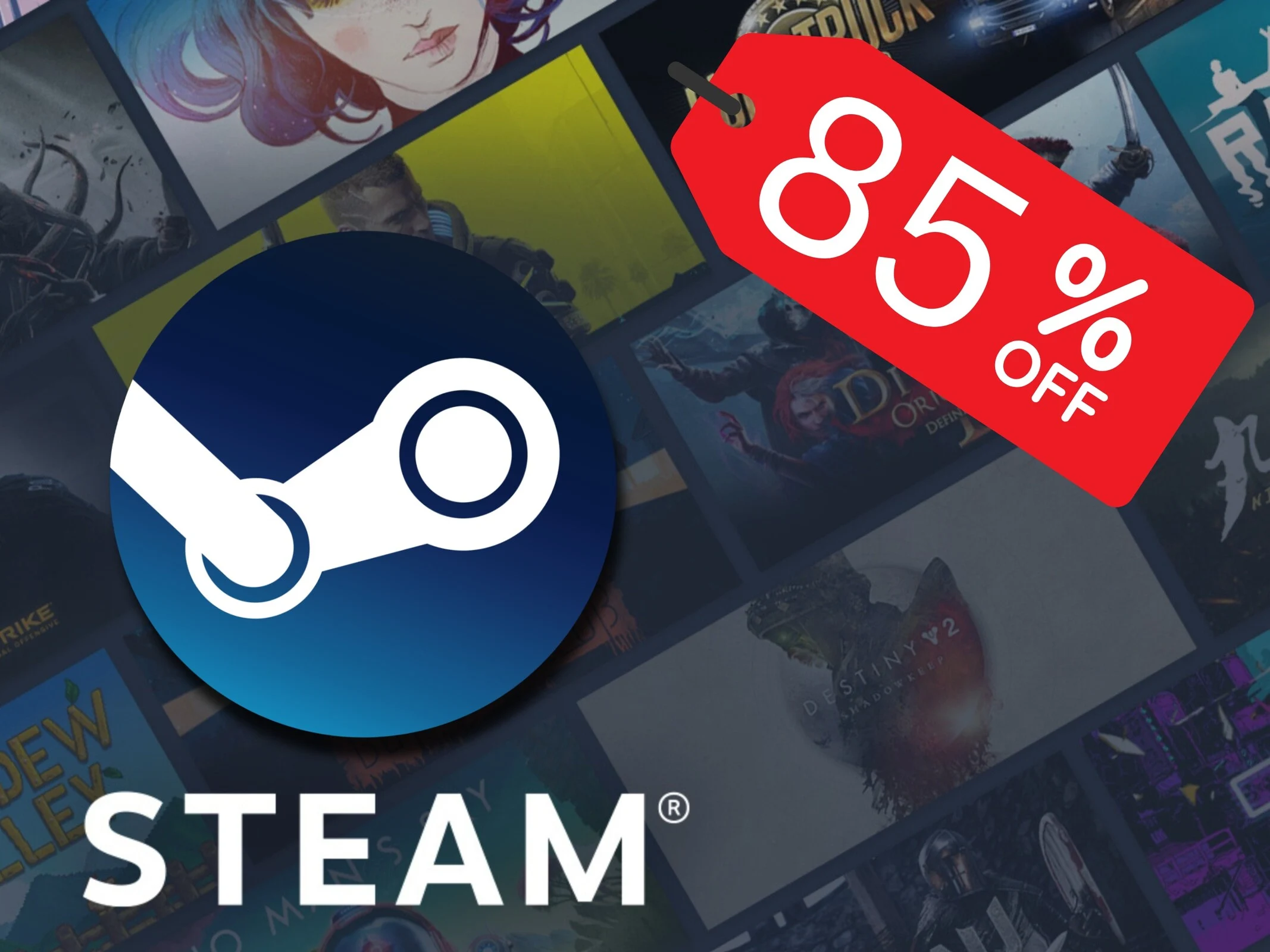Key Takeaways
1. Dark Atmosphere and Storyline: Darkest Dungeon features a dark comic book aesthetic, where players manage heroes in a cursed estate filled with insanity and monsters, aiming for redemption.
2. Complex Party Dynamics: Players organize teams of four heroes with various classes, balancing physical health and mental stress, which can lead to detrimental effects on heroes, including permadeath.
3. Strategic Combat Mechanics: Combat relies heavily on character positioning within the lineup, affecting the effectiveness of abilities and requiring players to think tactically during battles.
4. Positive Reception with Critiques: The game received praise for its atmosphere, graphics, strategic depth, and stress management mechanic, but also faced criticism for randomness in gameplay and lack of tutorials for new players.
5. Frequent Discounts and Engagement: Darkest Dungeon is often available at significant discounts on platforms like Steam, maintaining a high level of player engagement with positive reviews and strong replayability.
In Darkest Dungeon, the aspiration for a noble quest rapidly devolves into anxiety, dread, and unexpected collapses. This roguelike RPG places players in the role of the heir to a cursed estate—once a magnificent manor, now a terrifying abyss filled with insanity and creatures. Your mission is to gather heroes and launch them into its horrors, combating the shadows and revealing the route to redemption. The game is notable for its dark comic book aesthetic and features a haunting narrator who delivers every line with a spine-chilling presence.
Party Dynamics and Challenges
Players organize teams of four, selecting from a variety of classes—from resolute crusaders to tormented occultists—and guide them through perilous dungeons that are rife with traps and nightmarish monsters. However, it’s not just physical health that must be managed. Mental stress is a persistent danger, and Darkest Dungeon is designed to wear players down. Heroes build up stress, and when it reaches a critical level, they break. Some may become paranoid, while others might act destructively or become utterly ineffective. They could attack their teammates, refuse to heal, or intentionally take damage. With permadeath implemented, any fallen hero is permanently lost, taking with them all their experience and equipment.
Combat and Management Mechanics
The combat mechanics in Darkest Dungeon hinge on positioning. The effectiveness of abilities is determined by a character’s spot in the lineup and the location of the enemy. A healer positioned at the front is almost useless, similar to how a melee character at the back is ineffective. After each adventure, surviving heroes return to the village, where players can enhance their base, unlock new classes, upgrade gear, and work to maintain their heroes’ sanity. Stressed adventurers need to recuperate, whether at the tavern, through meditation, or in the monastery. Yet, not every hero is suited for every setting. Some prefer drinking, while others develop quirks that permanently change their behavior.
Reception and Critique
In its review, the German publication GameStar commended Darkest Dungeon for its unified atmosphere, striking comic-style graphics, engaging sound design, and foreboding narrator. The combat system was noted for its strategic depth, particularly the dependence of abilities on positioning. The stress mechanic was also seen as a novel addition to the genre, requiring players to manage the mental health of their heroes along with their physical condition. GameStar pointed out the game’s extensive class variety, numerous upgrade opportunities, challenging difficulty, and high replay value as essential factors that keep players engaged.
Nevertheless, the review also highlighted some frustrations, such as the game’s heavy dependence on randomness. Missed attacks, ineffective heals, or unfortunate incidents can result in losses feeling unjust. The absence of a comprehensive tutorial was also mentioned, leaving new players to decipher most mechanics independently. Despite these drawbacks, the game earned a respectable score of 84 out of 100. Darkest Dungeon boasts nearly 130,000 reviews on Steam, with a very positive average rating of 91%. On Metacritic, the game has a Metascore of 84 and a User Score of 7.9.
Darkest Dungeon was created and published by Red Hook Studios and initially launched in 2016. Its regular price on Steam is $25, but until April 21, it is offered for approximately $3.80, thanks to an 85% discount. It’s noteworthy that such significant discounts are quite frequent for Darkest Dungeon. According to SteamDB, the game is often marked down by 85%, most recently during the Spring Sale in early March. So, if you miss this opportunity, there’s a strong chance you will encounter a similar deal soon.
Source:
Link


Leave a Reply